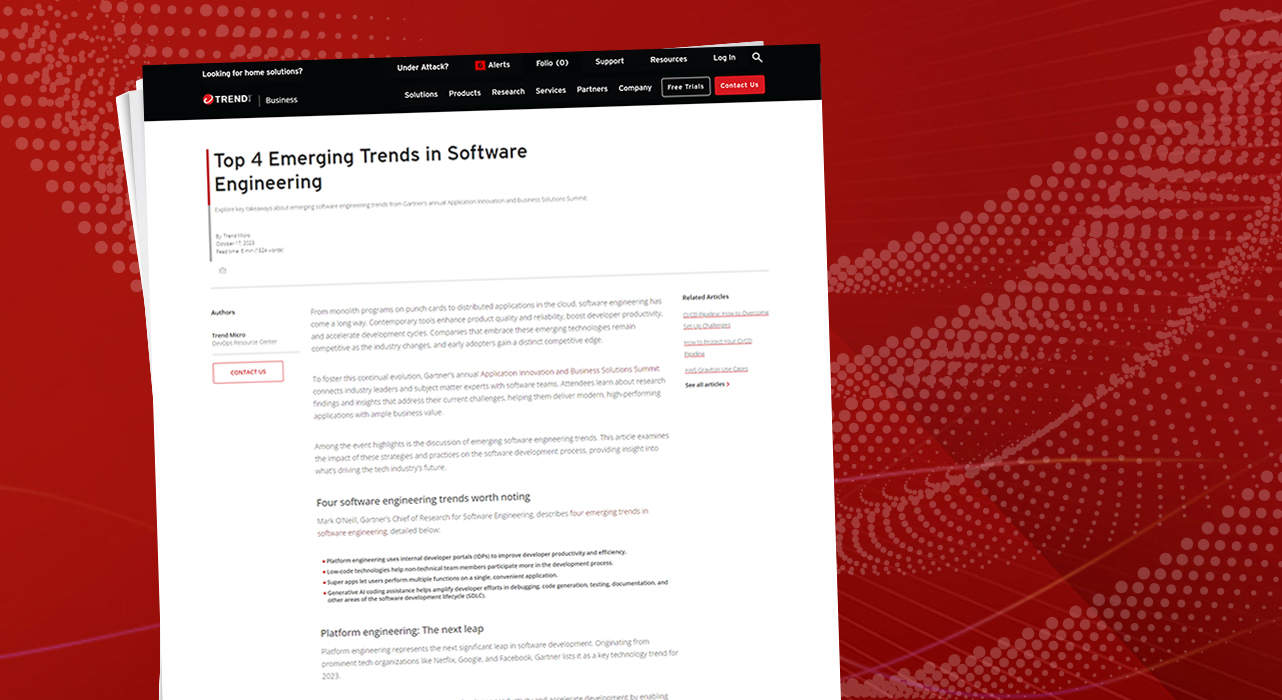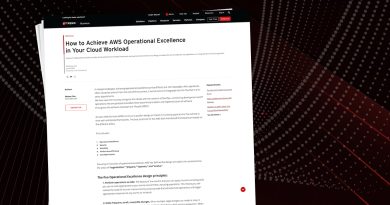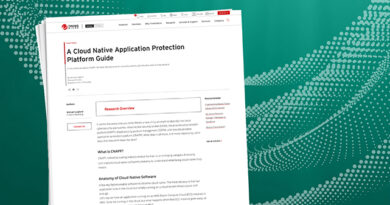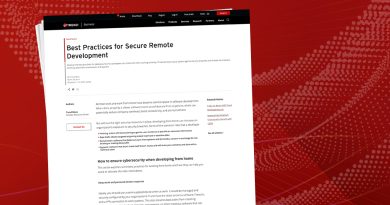Top 4 Emerging Trends in Software Engineering


From monolith programs on punch cards to distributed applications in the cloud, software engineering has come a long way. Contemporary tools enhance product quality and reliability, boost developer productivity, and accelerate development cycles. Companies that embrace these emerging technologies remain competitive as the industry changes, and early adopters gain a distinct competitive edge.
To foster this continual evolution, Gartner’s annual Application Innovation and Business Solutions Summit connects industry leaders and subject matter experts with software teams. Attendees learn about research findings and insights that address their current challenges, helping them deliver modern, high-performing applications with ample business value.
Among the event highlights is the discussion of emerging software engineering trends. This article examines the impact of these strategies and practices on the software development process, providing insight into what’s driving the tech industry’s future.
Four software engineering trends worth noting
Mark O’Neill, Gartner’s Chief of Research for Software Engineering, describes four emerging trends in software engineering, detailed below:
- Platform engineering uses internal developer portals (IDPs) to improve developer productivity and efficiency.
- Low-code technologies help non-technical team members participate more in the development process.
- Super apps let users perform multiple functions on a single, convenient application.
- Generative AI coding assistance helps amplify developer efforts in debugging, code generation, testing, documentation, and other areas of the software development lifecycle (SDLC).
Platform engineering: The next leap
Platform engineering represents the next significant leap in software development. Originating from prominent tech organizations like Netflix, Google, and Facebook, Gartner lists it as a key technology trend for 2023.
This emerging discipline aims to improve developer productivity and accelerate development by enabling self-service capabilities. It achieves this aim by abstracting the infrastructure setup. Product teams can use an integrated developer platform containing all the tools, technologies, processes, and workflows they need for the SDLC.
Organizations shifting toward cloud native development need numerous SDLC tools and technologies. Even a simple code modification in a microservice application can require knowledge of containers, continuous integration and deployment (CI/CD), and infrastructure tools. This demand for diverse skills can create operational bottlenecks, causing friction during development, hampering developer productivity, and extending development timelines.
Platform engineering relieves developers of the burden of managing infrastructure tools, reducing complexity and improving scalability. Moreover, it ensures that development practices align with business goals.
One way platform engineering achieves these aims is through an internal developer platform (IDP). This layer equips you with the necessary tools, services, and workflows for the entire development lifecycle. The IDP facilitates developer self-service, offering a golden path with all the tools required for product development, testing, deployment, and management. You can complete these tasks without needing to master individual tools, reducing cognitive load and boosting efficiency.
Second, platform engineering helps build these golden paths, allowing you to create and standardize workflows within a unified system. Golden paths give you the autonomy to use your preferred tools while ensuring processes remain secure, compliant, and business-aligned. Thanks to standardized tools, companies can scale software quickly.
Third, platform engineering involves establishing service level agreements (SLAs) to monitor and evaluate IDP performance, catching errors and vulnerabilities. Monitoring helps ensure there are no internal service interruptions, maintaining reliability and enhancing robustness.
Finally, platform engineering employs a modular and API-first approach, enabling you to build on top of the platform without affecting the underlying infrastructure. This approach helps businesses scale seamlessly to accommodate growing workloads—without compromising application performance, stability, or reliability.
The Platform Engineering community suggests organizations that have 20 to 30 developers should embrace platform engineering. Gartner, on the other hand, recommends this approach for organizations with more than 50 developers. The decision depends on your team’s skills and experience. Key indicators that signal a need for this approach include:
- More developers have joined the team.
- There’s excessive operational complexity.
- Developers build and run their software.
- Developers frequently experience burnout and spend limited time developing features.
Embracing simplicity with low code
Gartner forecasts a 19.6 percent growth of low-code development technologies to $26.9 billion in 2023. LCAPs occupy the largest component of this market at $10 billion.
In the race to stay competitive and expedite product releases, companies are increasingly adopting LCAPs to accelerate their development lifecycle. LCAPs abstract and minimize the coding knowledge required for building, developing, testing, and deploying products. These platforms offer intuitive, user-friendly interfaces and pre-built components so non-developers can pitch in to get the solutions they need.
Besides helping build software faster, LCAPs also help democratize the development process by fostering a collaborative environment. Software development becomes more accessible as team members with varying technical skills help build and deploy products. Non-developers like business analysts, project managers, and other team members can also actively contribute to development.
Moreover, LCAPs help promote Agile development cycles. Their intuitive pre-built components remove the coding knowledge barrier, helping you build and test applications swiftly. You also save time and effort compared to building these components from scratch, boosting productivity and efficiency.
Finally, LCAPs enable flexibility and scalability. You can effortlessly extend or customize your applications to meet evolving business needs. For example, you can add new features to the application by using drag-and-drop. Or, you can remove components that aren’t working as intended, facilitating interactive development across multiple versions.
LCAP can significantly drive innovation and accelerate application delivery as the rising demand for customizable solutions increases the use of low-code development by citizen developers and business technologists. For example, Microsoft Teams enables users to create and edit custom apps within Teams via Power apps. Similarly, Slack users can create custom workflows and apps using Workflow Builder. The people who use these apps daily will be able to get the solutions they know they need—quickly.
Super apps: The all-in-one experience
Gartner ranks super apps among the top four emerging trends as China-based WeChat, Singapore-based Grab, and others grow in popularity. These apps started as single-service platforms before evolving to integrate more third-party services. Today, users can use one app to access social media, shop online, and order food.
The primary benefit super apps offer is user convenience. Rather than switching between multiple applications to perform various tasks, users enjoy a smoother experience within a single, integrated application that fulfills numerous needs.
Super apps also gather comprehensive user data from a broad array of services, generating helpful business insights to create targeted ads and personalized customer journeys. These capabilities further enhance user loyalty.
Additionally, super apps offer businesses an extensive reach by cross-promoting services. For example, a food delivery service can target ads to the app’s ride-hailing service users.
Finally, super apps offer growth opportunities for small businesses hoping to expand their reach. Partnering with an existing app allows companies to benefit from its large user base, saving the time and money it would take to build their own application.
Consolidating multiple mini-apps into one super app creates an engaging user experience. And, when banking applications partner with other technology applications, these super apps can also help shape the future of finance. The banks extend their range of services while increasing their customer base, aiding financial inclusion.
Generative AI coding assistance: Revolutionizing development
At the 2023 summit, Gartner listed AI code generation as another top emerging trend. They predict that over 80 percent of the product development process will use AI-generated code by 2025.
Businesses are increasingly turning to innovative solutions like generative AI to deliver reliable, efficient, and high-performing software products quickly. Generative AI uses machine learning (ML) to create code, photos, pictures, audio, and other content based on massive training data.
Today’s popular generative AI tools include GitHub Copilot, Amazon CodeWhisperer, and Google DeepMind. Among other uses, these solutions aid quality assurance, enhance developer productivity, and accelerate development.
Generative AI coding assistants train on enormous datasets containing software code, user requirements, logs, and other data, helping them identify patterns, relationships, and anomalies. This information helps them improve code quality. For example, Github Copilot corrects syntax errors, autocompletes code blocks, and automatically refactors code.
Coding assistants help accelerate software delivery, too. They automate repetitive tasks like code refactoring, prototyping, and generating boilerplate code, letting developers focus on feature innovation. However, it remains crucial to review AI-generated code to ensure it works as expected and is free from bugs and errors.
Gartner predicts that future entry-level software engineering roles will require proficiency in working with generative AI tools—highlighting the pivotal role of generative AI in shaping the future of software development.
Summary
Many organizations look to Gartner’s Application Innovation and Business Solutions Summit for the top software engineering trends to remain competitive.
Adopting platform engineering helps reduce infrastructure management bottlenecks through an integrated developer platform. Meanwhile, using low-code technologies fosters collaboration among developers and non-developers alike, boosting speed and innovation within your company. Partnering with (or building) super apps broadens your company’s reach, improves user convenience, and provides valuable data for cross-promotion and personalized customer experiences. Additionally, generative AI coding assistants refactor and generate boilerplate code, boosting productivity and getting your products to market faster.
If you aren’t adopting these emerging technologies yet, chances are, your competition is.
Read More HERE



